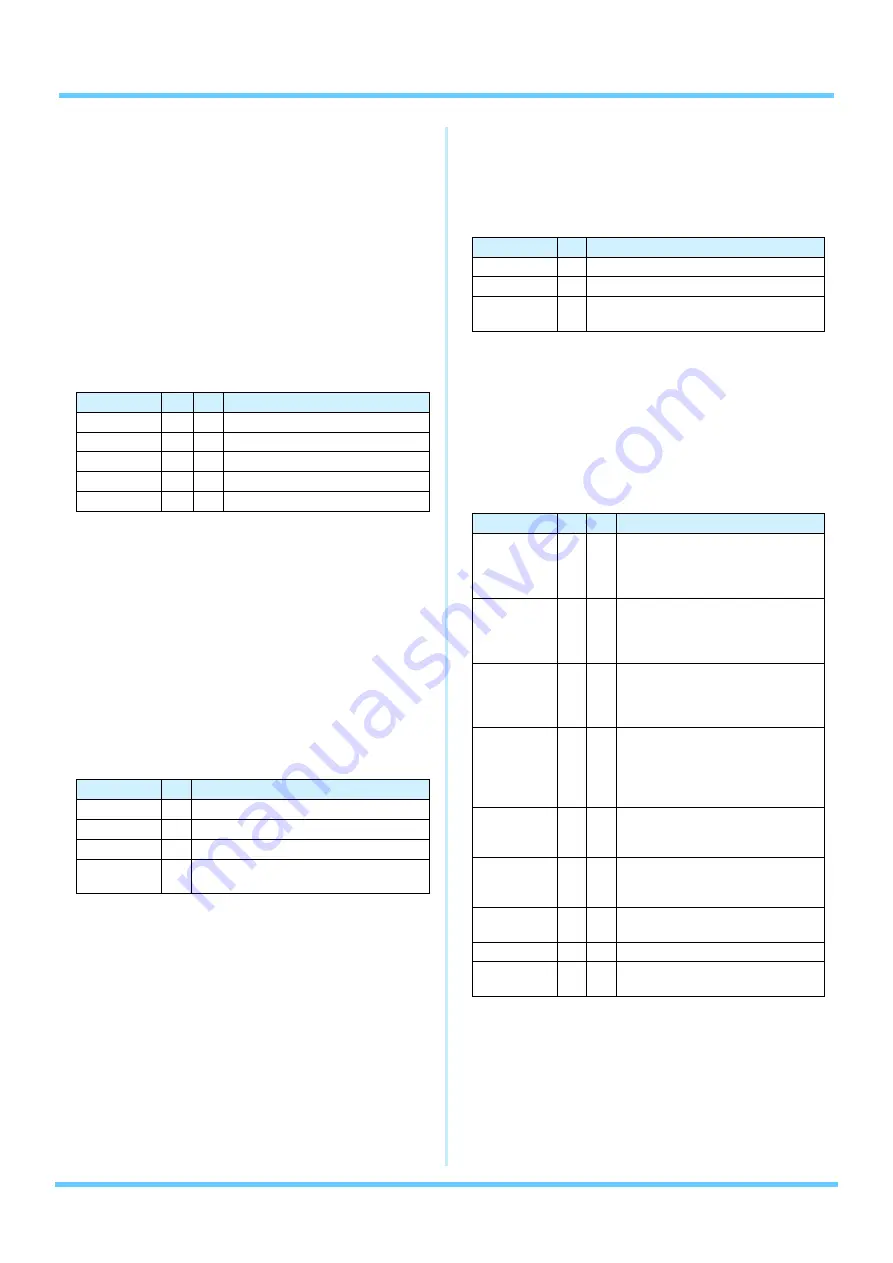
Internal Design of the DTX700
DTX700 Reference Manual
8
Flanger & Phaser
A flanger creates a swirling, metallic sound, similar to that
of a jet plane. While this effect operates using the same
basic principles as chorus effects, it uses shorter delay times
and also incorporates feedback to produce a very distinctive
swelling sound. Rather than being used constantly through-
out a song, it is more suited to selective use in specific sec-
tions in order to add variety. A phaser, meanwhile,
introduces a phase shift into the sound being processed
before returning it to the effect input using a feedback circuit
in order to produce a characteristic animated yet mellow
tone. Gentler overall than a flanger, this effect can be put to
use in a wider range of situations, and for example, is often
used with electric pianos to sweeten their sound in a variety
of ways.
Distortion
As its name suggests, a distortion effect distorts the sound
fed into it. It produces a sound similar to that of an amplifier
turned up too high or fed with a signal that is already suffi-
ciently loud. This type of effect is widely used to add a
harsh, biting edge; furthermore, the resultant sound is char-
acterized by overall thickness and long sustain times. This
thickness comes from the large numbers of harmonics con-
tained within clipped signals. Meanwhile, the longer sustain
is not produced by the original sound being stretched; rather,
it is produced when the slowly-fading release portion that
cannot normally heard is amplified and distorted.
Wah
A wah effect dynamically changes the frequency character-
istic of a filter in order to produce a highly unique filter-
sweep sound. Auto wah changes the frequency in a cyclic
manner using an LFO, while touch wah performs filter
sweeps in response to the volume of the input signal.
Reverb
Reverb effects model the complex reverberation produced
by sounds within enclosed spaces. In this way, they add a
natural-sounding sustain, which produces a feeling of depth
and space. Furthermore, different types of reverb – such as
hall, room, plate, and stage – can be used to simulate the
sound of acoustic environments of varying sizes and con-
structions.
Effect Type
Cho Var
Description
SPX Flanger
Produces a swirling, metallic sound.
TempoFlanger
Tempo-synchronized flanger.
PhaserMono
–
Vintage sounding mono phaser.
PhaserStereo
–
Vintage sounding stereo phaser.
TempoPhaser
–
Tempo-synchronized phaser.
Effect Type
Var
Description
AmpSim 1
Guitar amp simulation.
AmpSim 2
Guitar amp simulation.
CompDist
Combines compression and distortion.
CompDistDly
Combines compression, distortion, and
delay.
Effect Type
Var
Description
AutoWah
Vintage automatic wah effect.
TouchWah
Classic volume-responsive wah effect.
TouchWahDist
Touch wah with distortion applied at the
output.
Effect Type
Rev Var
Description
SPX Hall
Emulation of hall acoustics using an
algorithm derived from the classic
Yamaha SPX1000 Digital Multi-Effects
Processor.
SPX Room
Emulation of room acoustics using an
algorithm derived from the classic
Yamaha SPX1000 Digital Multi-Effects
Processor.
SPX Stage
Emulation of stage acoustics using an
algorithm derived from the classic
Yamaha SPX1000 Digital Multi-Effects
Processor.
R3 Hall
–
Emulation of the acoustics of a con-
cert hall using an algorithm derived
from the Yamaha ProR3 – a digital
reverberator for professional-audio
applications.
R3 Room
–
Emulation of room acoustics using an
algorithm derived from the above-
mentioned Yamaha ProR3.
R3 Plate
–
Emulation of plate reverb using an
algorithm derived from the above-
mentioned Yamaha ProR3.
EarlyRef
–
Early reflections without any subse-
quent reverberation.
GateReverb
–
Simulation of gated reverb.
ReverseGate
–
Simulation of gated reverb played in
reverse.






























